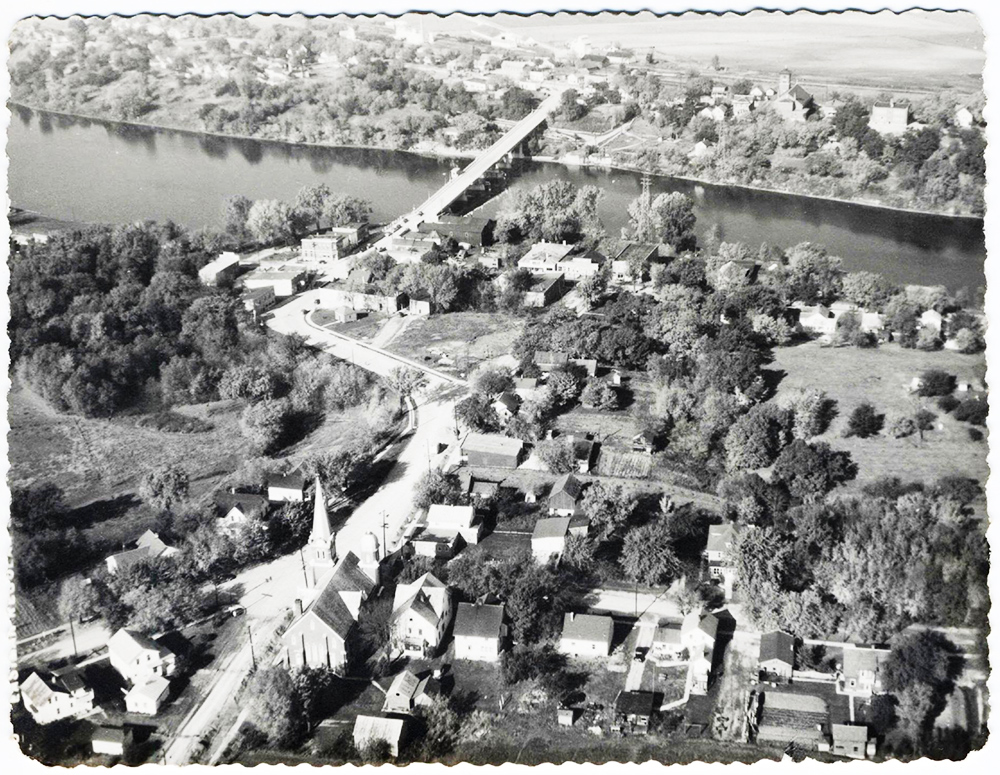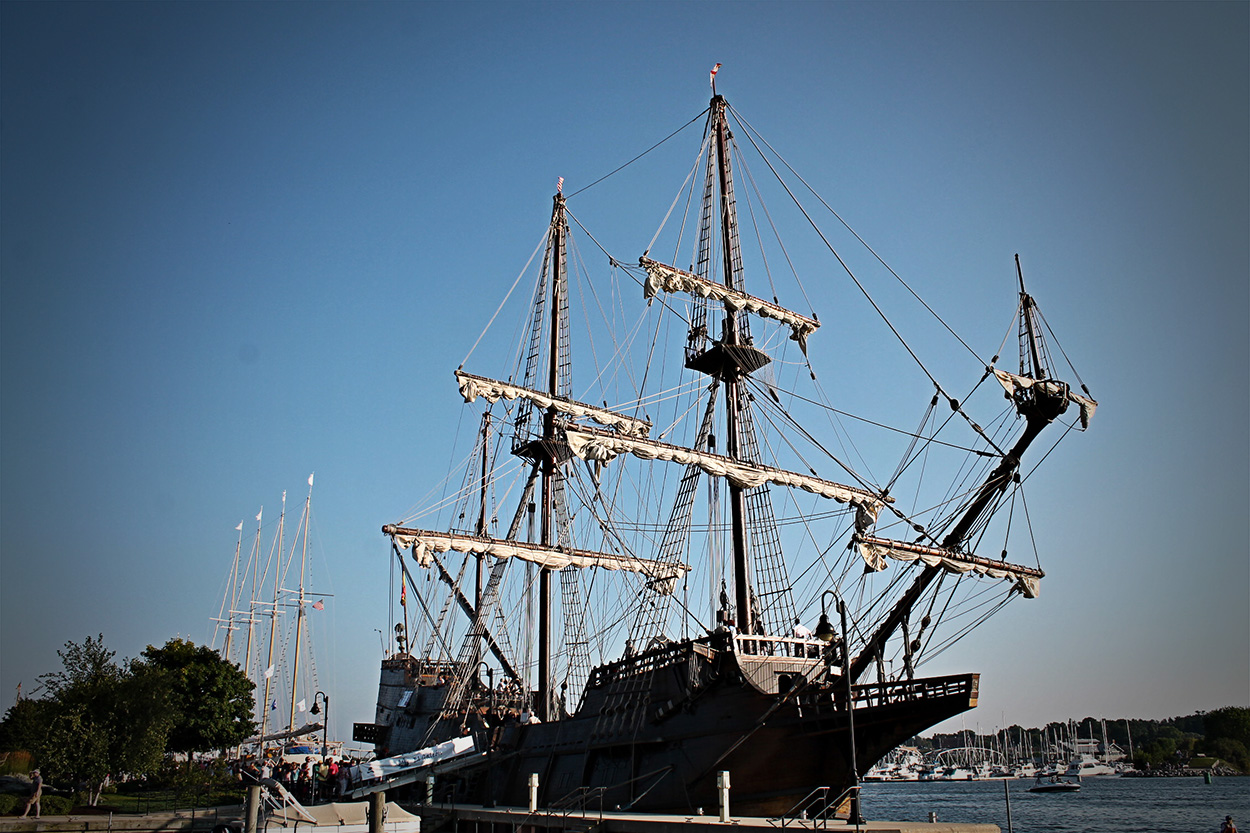

verdigris interior design • Green Bay, Wisconsin
Trisha has a fine arts degree from the University of Wisconsin-Green Bay and minored in design with an emphasis in textiles and painting. She is also CQRID certified and has over ten years experience. Trisha excels in problem solving and developing unique solutions to her clients design dilemmas as well as painting portraits, landscapes, and abstract art.
Cassie has an associate degree in interior design from Fox Valley Technical College with over ten years experience. She enjoys blending design styles and excels in color coordination and pattern blending as well as photography, photography manipulation, and multimedia art. They both have the gift of reimagining vintage furniture into that one of a kind new piece.
Learn about verdigris design, watch this video: https://youtu.be/3PqoOSscXm4
Visit verdigris’ website: http://verdigrisinteriordesign.com
Website by: http://www.fvwd.com/

Wrightstown, Wisconsin ~ Village on the Fox ~ The name “Wrightstown” was declared in 1854
Wrightstown is one of the oldest communities in Wisconsin. The name “Wrightstown” was declared in 1854 in honor of its founder, Hoel S. Wright, who along with Carl G. Mueller, and Charles West Day are considered early pioneers of Brown County. Charles’ parents, Otis and Elmira Day, immigrated from New York to Wisconsin in 1849. Their family traveled across the Great Lakes from Buffalo, New York, until they reached Wrightstown in 1850. Lucien Wright and his father Hoel sold Otis 80 acres of land to build a cabin of basswood boughs.
During the 1850s to 1860s, dense timber covered the land. This caused work for many, including the Day family. The family made 75 cents a load by making shingles by hand which were then hauled to De Pere by ox.
Charles West Day married Juliette Chase on July 3, 1860. They had seven children, but two died during infancy. Otis Day died on June 20, 1882. His wife died eight years later on May 7, 1890.
New Wrightstown village website by Fox Valley Web Design LLC: http://wrightstown.us
 The website of the Wisconsin Historical Society features a wealth of digital resources, including the Dictionary of Wisconsin History, with over 8,000 entries on Wisconsin people, places, things, and events; and a wide range of online exhibitions from the Wisconsin Historical Museum.
The website of the Wisconsin Historical Society features a wealth of digital resources, including the Dictionary of Wisconsin History, with over 8,000 entries on Wisconsin people, places, things, and events; and a wide range of online exhibitions from the Wisconsin Historical Museum.

Tall Ships in Sturgeon Bay, Wisconsin
Sister Bay Downtown & Marina, Wisconsin
Sister Bay Marina, Al Johnsons Swedish Restaurant & Butik, Door County Wisconsin ~ Real estate photography, video, 360 virtual tours & marketing by Fox Valley Web Design LLC ~ Call us today to discuss your project 920-434-9772
GoPro, Go Fvwd

The Father of Flag Day ~ Bernard J. Cigrand
Stony Hill School, in Waubeka, Wisconsin, was  the site of the first formal observance of Flag Day. Working as a grade school teacher in Waubeka, Wisconsin, in 1885, Bernard J. Cigrand held the first recognized formal observance of Flag Day at the Stony Hill School. The school has been restored, and a bust of Cigrand also honors him at the National Flag Day Americanism Center in Waubeka.
the site of the first formal observance of Flag Day. Working as a grade school teacher in Waubeka, Wisconsin, in 1885, Bernard J. Cigrand held the first recognized formal observance of Flag Day at the Stony Hill School. The school has been restored, and a bust of Cigrand also honors him at the National Flag Day Americanism Center in Waubeka.
From the late 1880s on, Cigrand spoke around the country promoting patriotism, respect for the flag, and the need for the annual observance of a flag day on June 14, the day in 1777 that the Continental Congress adopted the Stars and Stripes.
He moved to Chicago to attend dental school and, in June 1886, first publicly proposed an annual observance of the birth of the United States flag in an article titled “The Fourteenth of June,” published in the Chicago Argus newspaper. In June 1888, Cigrand advocated establishing the holiday in a speech before the “Sons of America,” a Chicago group. The organization founded a magazine, American Standard, in order to promote reverence for American emblems. Cigrand was appointed editor-in-chief and wrote articles in the magazine as well as in other magazines and newspapers to promote the holiday.
On the third Saturday in June 1894, a public school children’s celebration of Flag Day took place in Chicago at Douglas, Garfield, Humboldt, Lincoln, and Washington Parks. More than 300,000 children participated, and the celebration was repeated the next year.
Cigrand became president of the American Flag Day Association and later of the National Flag Day Society, which allowed him to promote his cause with organizational backing. Cigrand once noted he had given 2,188 speeches on patriotism and the flag.
Cigrand generally is credited with being the “Father of Flag Day,” with the Chicago Tribune noting that he “almost singlehandedly” established the holiday.

